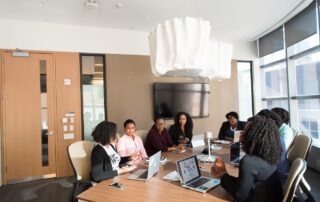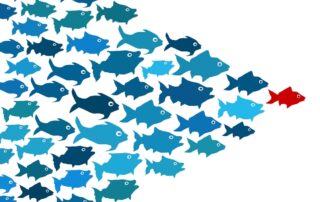Ambition Matrix: What It Is and How To Use It
Creating an innovation strategy means improving what you currently offer and finding ways to differentiate from your competition in the future. This is easy in principle, but applying this practice to your business can be very difficult.















